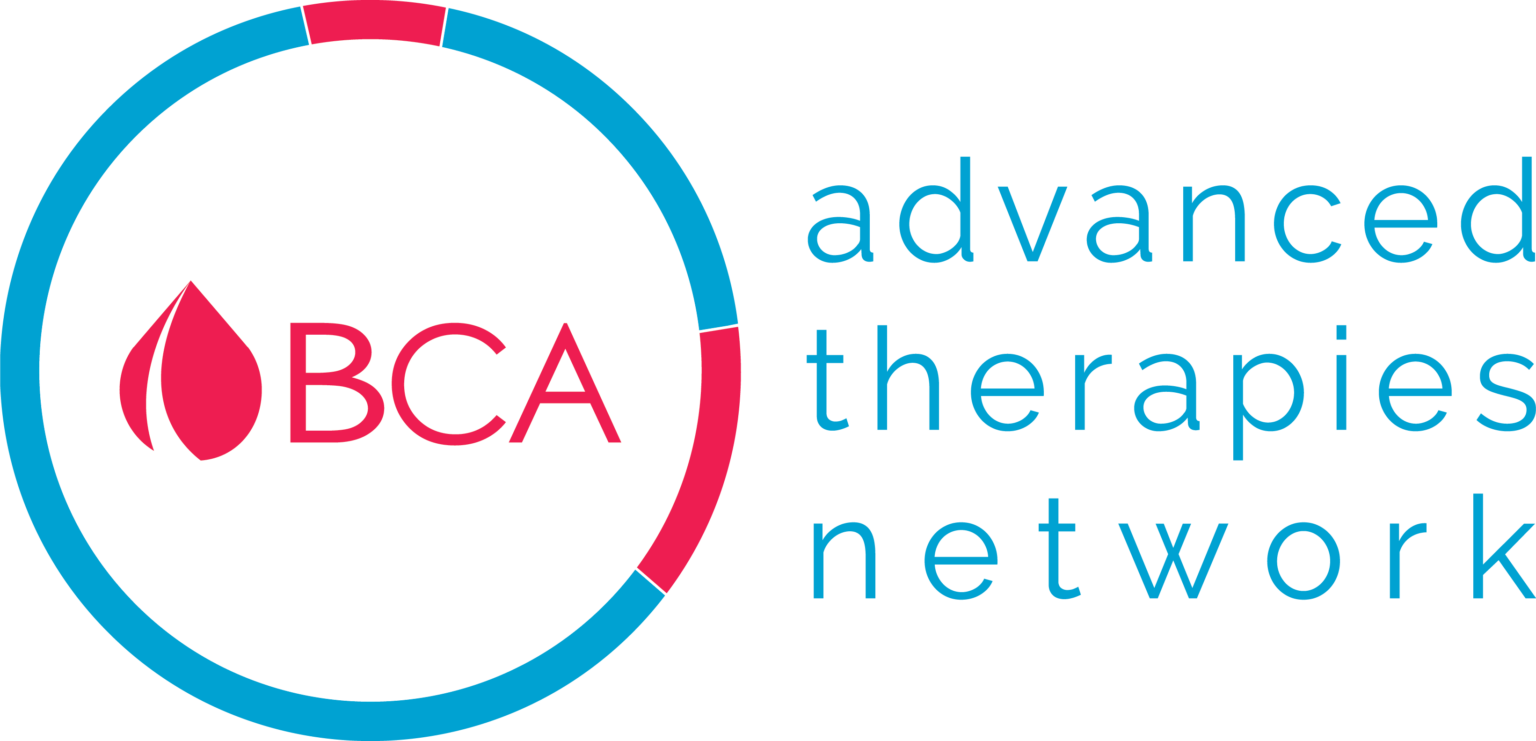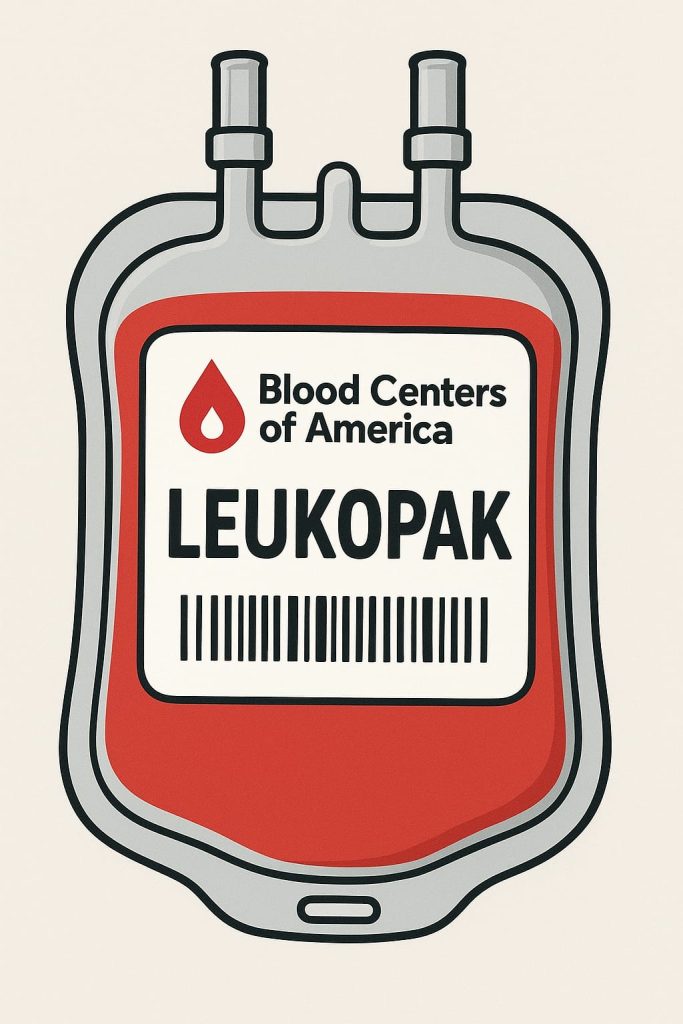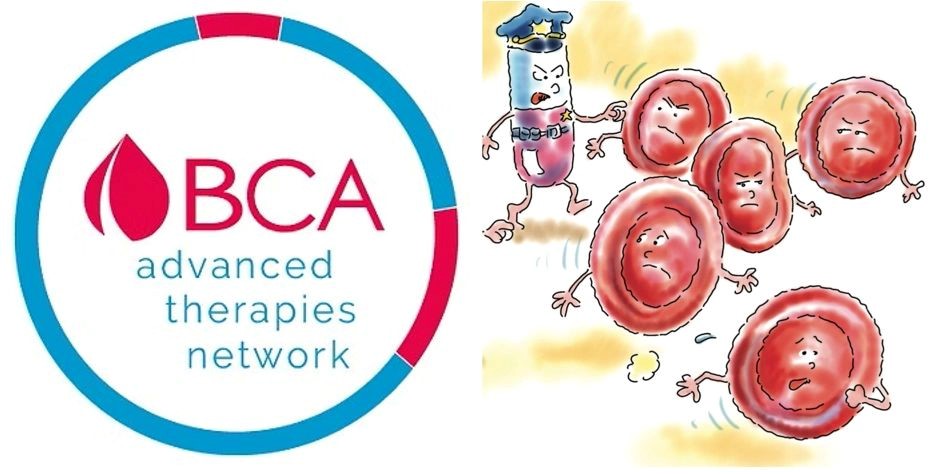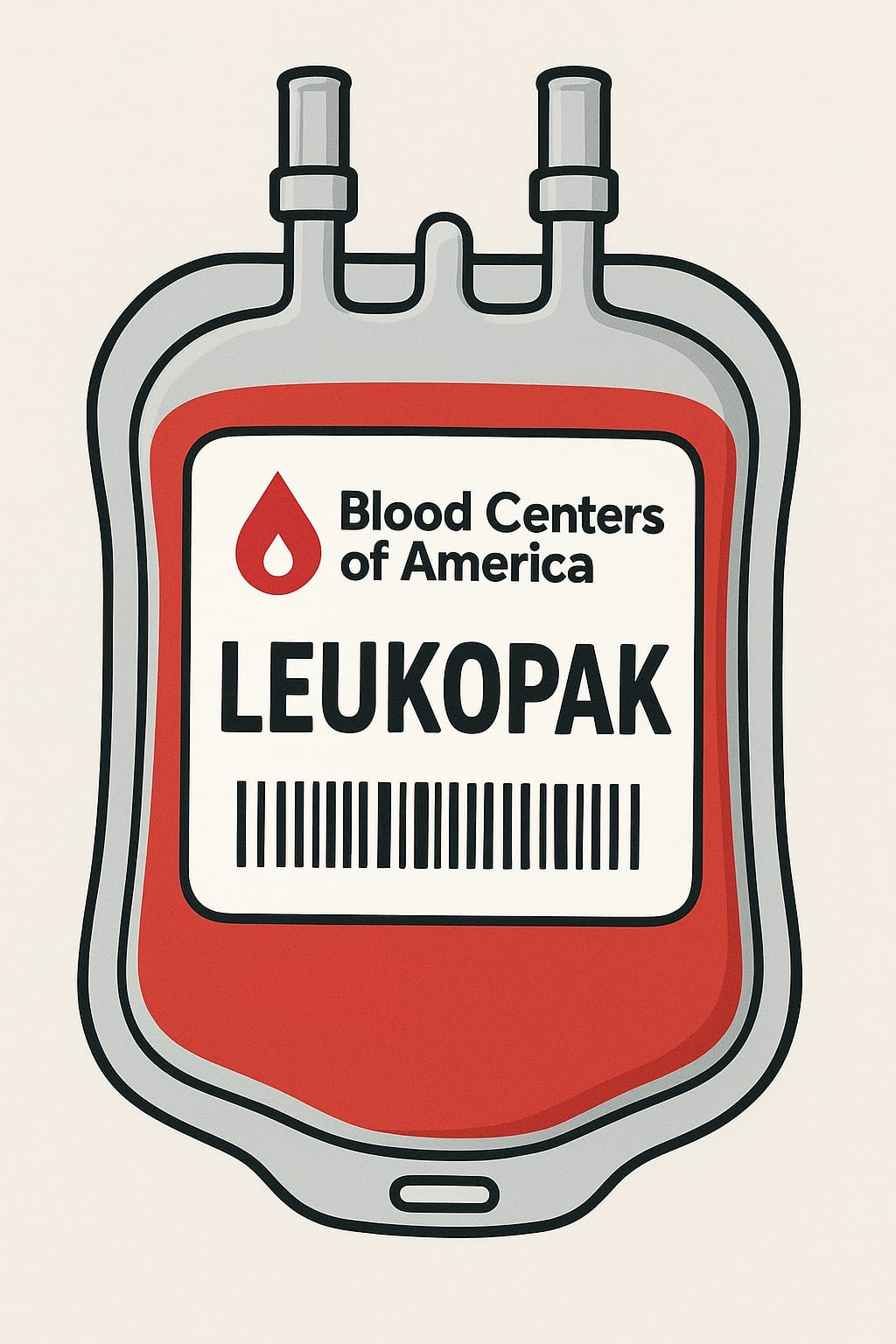The Leukopak Work Group of the BCA Advanced Therapies Committee, comprising blood center industry experts in cell and gene therapy, blood banking, and regulatory affairs, has developed proposed standardized criteria for leukopaks derived from non-mobilized “healthy” donors intended for further GMP manufacturing.
Proposed Criteria for Leukopaks as Starting Source Material for Further GMP Manufacturing
These criteria, which aim to establish industry-wide standards for leukopaks as starting materials for cell and gene therapy manufacturing, are designed to meet regulatory requirements while ensuring the highest standards of quality, safety, and product consistency.
The document focuses on the following key areas:
- Definition and Regulatory Framework: Clearly defining leukopaks outlining the applicable regulatory guidelines and best practices.
- Product Criteria and Attributes: Establishing standardized criteria for leukopak composition, volume, and cell counts.
- Donor Qualifications: Detailing requirements for donor screening, testing, and eligibility determination.
- Collection Practices: Outlining standardized procedures for leukapheresis collection to ensure consistency and quality. This includes facilities, environmental controls, equipment, supplies and reagents, as well as processing and process controls.
- Product Testing: Specifying recommended tests for donor and product safety, vendor defined purity specifications, and potency of the leukopak product.
- Mononuclear (MNC) Apheresis Product Release Record Review: ensuring all donor eligibility, testing, and documentation requirements are met before an HCT/P product is released for further manufacturing.
- Labeling: Developing standardized labeling requirements to ensure proper identification and traceability.
- Shipping: Establishing guidelines for proper handling and shipping of leukopaks to maintain product integrity.
- Chain of Custody: Implementing robust documentation practices to ensure traceability throughout the supply chain including Chain of Identity and Chain of Identity Identifiers required within FACT standards and ISBT labeling.
- Quality Management Process: Developing a structured framework of policies, procedures, and processes that ensure regulatory compliance, product quality, and safety within an organization.
By promoting industry-wide consensus on these standards, the working group aims to enhance supply chain efficiency, reduce material variability, and ensure that products are standardized for consistent comparison in future studies and clinical applications. This approach supports the growing cell and gene therapy industry by ensuring a reliable, consistent source of high-quality cGMP compliant materials for further processing and manufacturing.
CLICK HERE TO READ/DOWNLOAD THE BCA LEUKOPAK SPECIFICATIONS DOCUMENT
Blood Centers: Pioneers in Cell and Gene Therapy
This document provides an insightful overview of the processes and terminology used by blood centers in collecting blood products as starting material for the Cell and Gene Therapy (CGT) industry. It highlights the crucial role blood centers play in supporting various stakeholders within this rapidly evolving market.
Expertise and Infrastructure
As the CGT field transitions from academia to industry, there is an increasing emphasis on current Good Manufacturing Practice (GMP) compliant systems. Blood centers are at the forefront of this shift, adhering to stringent regulatory standards for biologics, blood, tissue (cells) for transplantation, and tissue (cells) for further GMP manufacturing.
This meticulous adherence to regulatory requirements ensures that blood centers maintain the highest standards of quality and safety in collecting and distributing cellular products like healthy donor leukopaks.
Blood centers have emerged as ideal partners for the CGT industry, offering a unique blend of expertise, infrastructure, and regulatory compliance. Their long-standing experience in handling biological materials, donor recruitment, collection, processing, and product distribution make them exceptionally well-suited to meet the growing demand and expansion of cell therapies.
Key advantages of blood centers include:
- Established quality infrastructure with trained, competent staff
- Ability to scale operations efficiently
- State-of-the-art facilities serving global customers
- Experience across diverse cell therapy programs
Collaboration with Biotherapy Manufacturers
Blood centers have become crucial partners for biotherapy manufacturers, providing high-quality starting materials for cell therapies. This collaboration leverages:
- Nationwide collection networks
- Expertise in donor recruitment and screening
- Advanced cell processing capabilities
Blood centers offer customized solutions, including a range of cellular starting materials such as leukopaks, isolated cells, and cord blood products. These partnerships not only enhance production efficiency but also contribute to reducing vein-to-vein times, potentially accelerating patient access to innovative treatments.
By combining their traditional expertise with cutting-edge capabilities, blood centers are positioning themselves as indispensable players in the advancement of cell and gene therapies and expanding opportunities to patients located outside of larger metropolitan areas.



